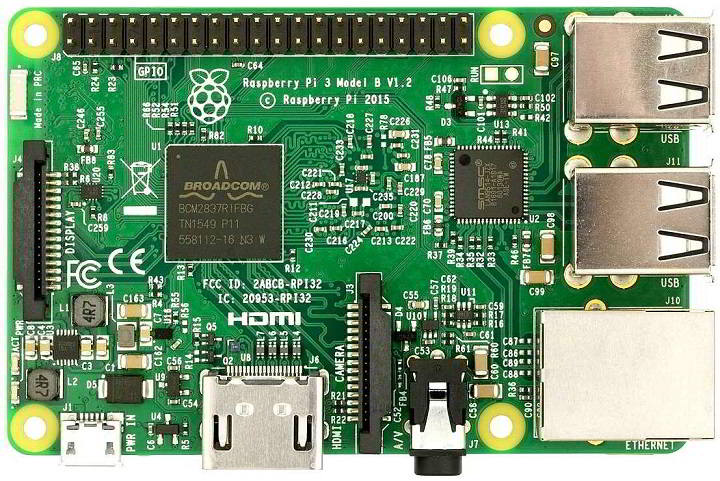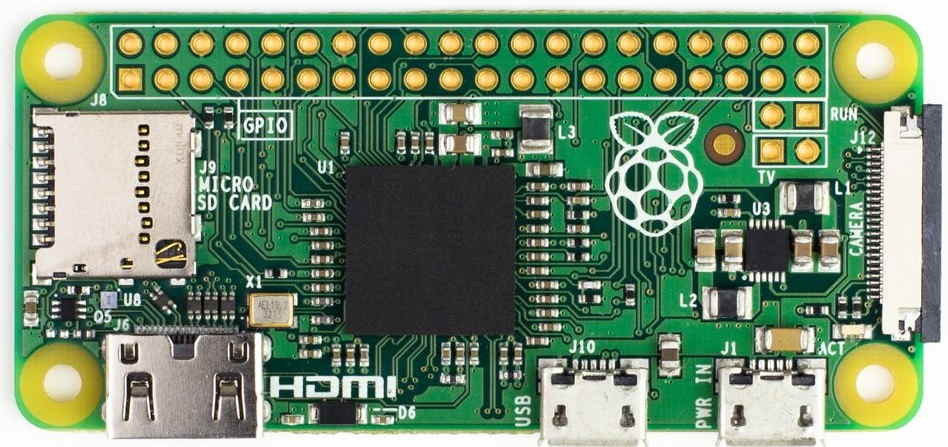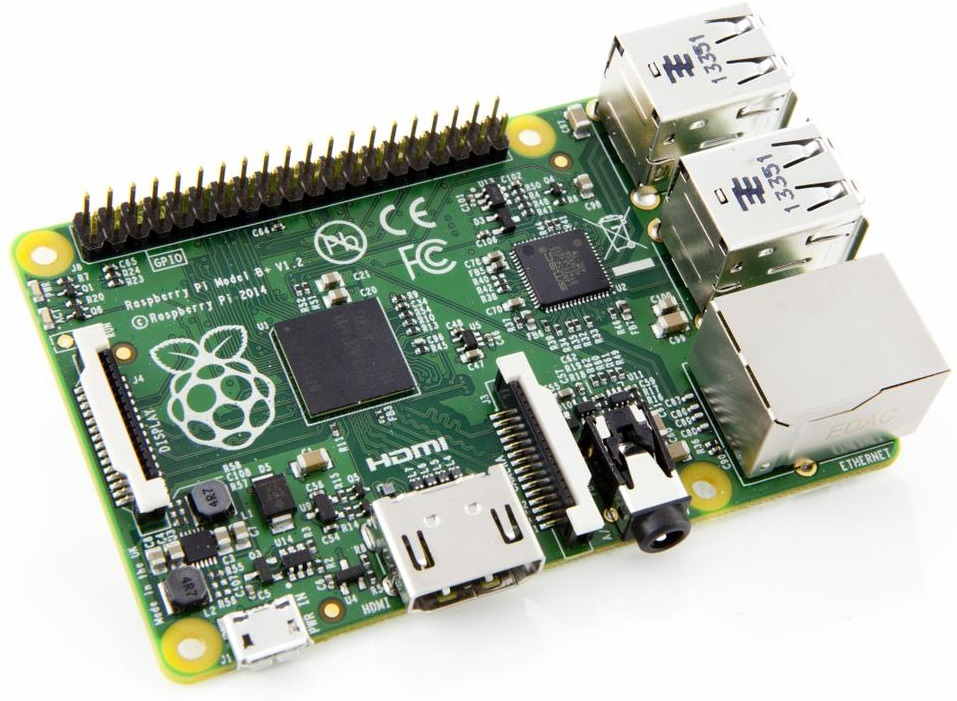
What is Raspberry Pi?
Raspberry Pi is a small single board computer. By connecting peripherals like Keyboard, mouse, display to the Raspberry Pi, it will act as a mini personal computer.
Raspberry Pi is popularly used for real time Image/Video Processing, IoT based applications and Robotics applications.
Raspberry Pi is slower than laptop or desktop but is still a computer which can provide all the expected features or abilities, at a low power consumption.
OS for Raspberry Pi
Raspberry Pi Foundation officially provides Debian based Raspbian OS. Also, they provide NOOBS OS for Raspberry Pi. We can install several Third-Party versions of OS like Ubuntu, Archlinux, RISC OS, Windows 10 IOT Core, etc.
Raspbian OS is official Operating System available for free to use. This OS is efficiently optimized to use with Raspberry Pi. Raspbian have GUI which includes tools for Browsing, Python programming, office, games, etc.
We should use SD card (minimum 8 GB recommended) to store the OS (operating System).
Raspberry Pi is more than computer as it provides access to the on-chip hardware i.e. GPIOs for developing an application. By accessing GPIO, we can connect devices like LED, motors, sensors, etc and can control them too.
Raspberry Pi processor
It has ARM based Broadcom Processor SoC along with on-chip GPU (Graphics Processing Unit).
The CPU speed of Raspberry Pi varies from 700 MHz to 1.2 GHz. Also, it has on-board SDRAM that ranges from 256 MB to 1 GB.
Raspberry Pi also provides on-chip SPI, I2C, I2S and UART modules.
Versions of Raspberry pi models
There are different versions of raspberry pi available as listed below:
- Raspberry Pi 1 Model A
- Raspberry Pi 1 Model A+
- Raspberry Pi 1 Model B
- Raspberry Pi 1 Model B+
- Raspberry Pi 2 Model B
- Raspberry Pi 3 Model B
- Raspberry Pi Zero
Out of the above versions of Raspberry Pi, more prominently use Raspberry Pi and their features are as follows:
| Features | Raspberry Pi Model B+ | Raspberry Pi 2 Model B | Raspberry Pi 3 Model B | Raspberry Pi zero |
| SoC | BCM2835 | BCM2836 | BCM2837 | BCM2835 |
| CPU | ARM11 | Quad Cortex A7 | Quad Cortex A53 | ARM11 |
| Operating Freq. | 700 MHz | 900 MHz | 1.2 GHz | 1 GHz |
| RAM | 512 MB SDRAM | 1 GB SDRAM | 1 GB SDRAM | 512 MB SDRAM |
| GPU | 250 MHz Videocore IV | 250MHz Videocore IV | 400 MHz Videocore IV | 250MHz Videocore IV |
| Storage | micro-SD | Micro-SD | micro-SD | micro-SD |
| Ethernet | Yes | Yes | Yes | No |
| Wireless | WiFi and Bluetooth | No | No | No |
Raspberry Pi zero Board

Raspberry Pi Board

Raspberry Pi 3 Hardware Details
The On-chip hardware of Raspberry Pi 3 (here) is as shown in below figure,
.png)
Some Hardware Components shown above are mention below:
- HDMI (High-Definition Multimedia Interface): It is used for transmitting uncompressed video or digital audio data to the Computer Monitor, Digital TV, etc. Generally, this HDMI port helps to connect Raspberry Pi to the Digital television.
- CSI Camera Interface: CSI (Camera Serial Interface) interface provides a connection in between Broadcom Processor and Pi camera. This interface provides electrical connections between two devices.
- DSI Display Interface: DSI (Display Serial Interface) Display Interface is used for connecting LCD to the Raspberry Pi using 15-pin ribbon cable. DSI provides fast High-resolution display interface specifically used for sending video data directly from GPU to the LCD display.
- Composite Video and Audio Output: The composite Video and Audio output port carries video along with audio signal to the Audio/Video systems.
- Power LED: It is a RED colored LED which is used for Power indication. This LED will turn ON when Power is connected to the Raspberry Pi. It is connected to 5V directly and will start blinking whenever the supply voltage drops below 4.63V.
- ACT PWR: ACT PWR is Green LED which shows the SD card activity.
Components Used |
||
|---|---|---|
| Raspberry Pi 4B Raspberry Pi 4BRaspberry Pi 4B |
X 1 | |
| RASPBERRY PI 1 B Plus RASPBERRY PI B+RASPBERRY PI B+ |
X 1 | |
| RASPBERRY PI 3 A Plus RASPBERRY PI 3 A+RASPBERRY PI 3 A+ |
X 1 | |
| Raspberry Pi Zero Raspberry Pi Zero |
X 1 | |